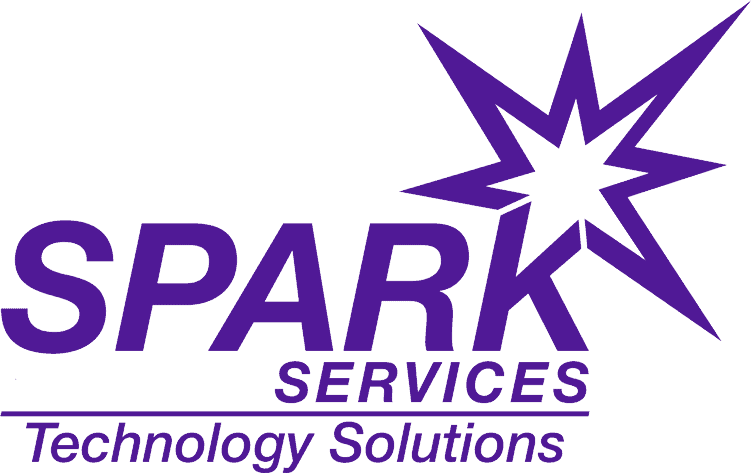
Whenever you have to choose between two options, whether for business or personal reasons, you must compare those two options thoroughly and then only make a choice. When it comes to implementing technology in your business, you should carefully compare the available options based on their features and benefits. Once you finish the analysis, you can choose the best prospect among the available. This article will help you understand PSTN and VoIP technologies and their comparison to choosing the best for your business.
The line between VoIP, or Voice over IP, and PSTN, or the Public Switched Telephone Network, is blurring since the age of copper lines is about to end soon, and telecommunications infrastructure becomes digital. However, the PSTN vs. VoIP debate continues as businesses evaluate migrating to IP-based telephony. Deciding on whether to stay on the PSTN or move to VoIP demands analyzing the technology behind these two telephony infrastructures and comparing features.
PSTN (Public Switched Telephone Network)
Using dedicated copper lines, traditional PSTN services deliver voice traffic and circuit switching for connecting endpoints during phone calls. PSTN services are becoming increasingly digital since new last-mile infrastructure like fiber optic cables are replacing copper lines. PSTN providers, such as Verizon and AT&T, are also implementing technology, like SIP trunking (Session Initiation Protocol) and PRI (Primary Rate Interface), for delivering voice data.
VoIP (Voice over IP)
VoIP transmits voice traffic through an internet connection or private WAN service while eliminating the necessity for circuit-switched networks for phone calls. VoIP uses codecs to convert audio into data packets, then transmits them across an IP network and converts them back into audio at the receiver’s end of the call. Many organizations avail their VoIP services from VoIP providers like Dialpad, Nextiva, and NetFortris or cloud unified communications providers like RingCentral, 8×8 Inc., and Vonage.
PSTN vs. VoIP
Let’s compare these two technologies based on the following features –
Connectivity Type
In the case of VoIP, IP connectivity is over the internet or private WAN service, while for PSTN, it is over dedicated telephone lines or access via SIP trunking or PRI.
Required Bandwidth
A single VoIP line needs 100Kbps, but the total amount depends on calls and codecs. One PSTN link typically supports 64Kbps in each direction.
Pricing
VoIP providers offer monthly subscription fees starting from $20 to $50 per month, whereas monthly PSTN plans range from $10 to $30 per month.
Scalability
Adding additional VoIP lines usually needs more bandwidth and updates, whereas additional PSTN lines need purchasing more hardware and dedicated lines, which are costly.
Remote Extensions
In the case of VoIP, this feature is usually standard, whereas for PSTN, this feature usually requires dedicated lines for every extension and can be costly.
Business Continuity and Disaster Recovery
VoIP service gets terminated when you lose data network connectivity, whereas PSTN service generally remains active during power outages since phone jacks are powered by the provider.
Call Waiting
Most VoIP providers offer call waiting as a standard feature, whereas PSTN providers also include it as a common feature, but sometimes may charge an extra cost.
Call Forwarding
Some VoIP providers offer call forwarding with their service, whereas PSTN providers sometimes charge extra costs.
Call Transferring
Most VoIP providers include call transferring as a standard feature, whereas, for this feature as well, PSTN providers sometimes charge extra costs.
Emergency Calling
The FCC needs interconnected VoIP services that meet E911 standards by using the PSTN, whereas for PSTN, emergency calling is enabled, and services can trace location.
Fax
Most VoIP providers deliver fax over IP, which uses an analog terminal adapter to connect fax lines to the internet, whereas PSTN supports fax over a dedicated line.
In the PSTN vs. VoIP debate, PSTN is considered more reliable and secure than VoIP networks. PSTN also provides better business continuity, as there’s no interruption in the connection during a power outage. When VoIP technology had just emerged, it was notorious for poor call quality due to jitter, latency, and dropped calls. But, the quality and reliability of VoIP services have enhanced.
If you are looking for help related to business phone services, you can always reach us at SPARK Services.



